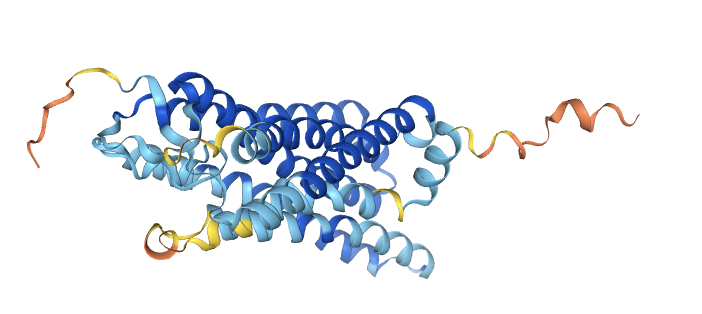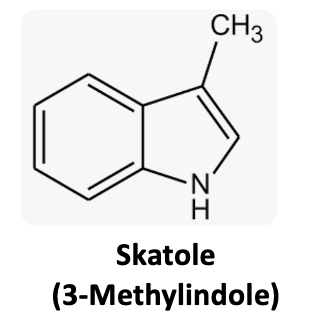Cilantro is one of those restaurant-type things – a substance that we could easily survive without but has nonetheless carved out an oversized place on US menus since the late 20th century.
My wife is notoriously picky about an ample variety of things (men not included, apparently) and routinely tortures restaurant servers about whether whatever item she has already taken 45 minutes to decide upon contains cilantro. If yes, information that could have plausibly been determined beforehand, the decision process begins anew.
We both hate the stuff, but for different reasons. She has a scientific excuse, which is quite interesting and I'll be writing about below, while I am merely a certified culinary pain in the ass with a distaste toward certain food groups in general. (Disclaimer: I've never tried it, but I hate it anyhow.)

The culinary world is chock full of food items that elicit very different responses from different people. Some people devour particularly vile foodstuff with glee, while others hold their noses and look away. For example, here's part of my partial personal checklist of acceptable food items.

Unlike kale, which is vile for an endless list of reasons (1), cilantro elicits a very different response from two people that is not simply a matter of personal taste; there is science (genetics) involved in how its taste is perceived. This is a rather unusual event. After all, how often have you shared a pastrami sandwich with someone, and while you taste a pastrami sandwich, they perceive it to be orange marmalade? Not often, I'll bet.
While the prior example can be written off as some type of individual derangement in the case of cilantro, 10-20% of people taste it and think "soap." When so many people share a seemingly odd difference in perception of the same taste, you might guess there's a genetic explanation. You would be right.

The OR6A2 gene
The OR6A2 gene encodes for (directs the protein synthesis of) a receptor found in the nose and helps determine smells. Although our ancient ancestors probably didn't have cilantro on the menu, their sense of smell was critical in detecting toxins or spoiled food.
 \
\
The structure of the OR6A2 gene. Source: Human Protein Atlas
Why the difference in perception?
People with a variation in this gene are more sensitive to aldehydes (see below), a functional group commonly found in natural products, especially those with a fragrance. You are exposed to some of them every day. Here are a few:
- Benzaldehyde - the smell of almonds
- Citral - the citrusy scent of lemons, limes, and others...
- Vanillin - take a wild guess (2)
- Cinnamaldehyde - take another wild guess
- Hexenal - the smell of fresh-cut grass
But cilantro contains a different set of aldehydes. Here's the most important:
E-2-Decenal
E-2-Decenal, the chemical primarily responsible for the Great Cilantro Divide. is described as having "a strong citrus odor," or "mandarin-orange-like" at low concentrations. But in high concentrations, things become a bit different. Here are some random descriptions.
- Powerful citrusy odor
- Unpleasant gassy
- Choking
- Citrus-mandarin
- Spicy-coriander
- Fatty
- Metallic
- Waxy
- Soapy
Isn't that interesting? Can the same chemical elicit very different responses depending on its concentration?
Oh yes. There can hardly be a better example than the following.

Skatole, aka, 3-methylindole, has a lovely floral, musky scent in low concentrations. Not surprisingly, it is used in the perfume industry (3). But if you're trying the sniff test, be careful because skatole is the breakdown product of the essential amino acid (4) tryptophan, an essential amino acid, which is part of almost all proteins. And when tryptophan breaks down it gets excreted in the feces, where it becomes one of the primary odors of you-know-what.

Source: Miriam-Webster
Does this explain the different perceptions of cilantro?
Almost certainly, yes, in part. Remember that 10-20% of people perceive a low concentration of E-2-decenal as smelling or tasting like soap, while the rest of us detect citrus unless the concentration is higher and then we smell wax or soap. I'm guessing that if there were a similar generic difference in sensitivity toward skatol then brands of perfume that contained the chemical would make for an even worse online date than usual.
Bottom line
Differences in the concentration of flavorants and odorants can elicit different responses from the taster or sniffer. This probably explains the "Cilantro Conundrum" and the "Skatole Syndrome."
NOTES:
(1) Being a male is one of them. Or the fact that it could pave the Cross Bronx Expressway.
(2) Vanillin is both natural and artificial vanilla. The only difference between the two is that extract from vanilla beans also contains hundreds of other flavors, giving it a richness.
(3) I found a bottle of skatole in my lab once. Outside the bottle was a faint pleasant scent. Opening the bottle. Omg.
(4) Essential amino acids are those that cannot be biosynthesized so they must be part of the diet. Of the 20 amino acids that make up protein, 9 are essential.




